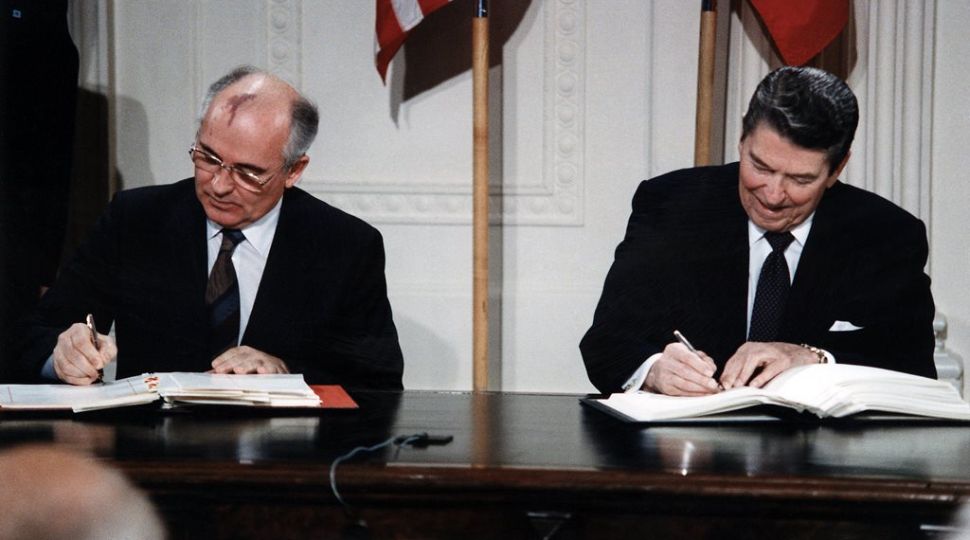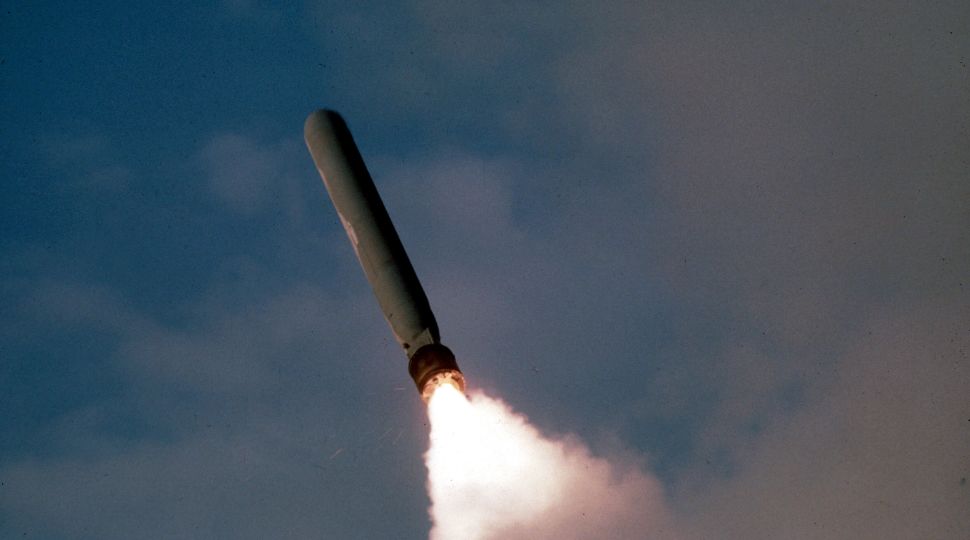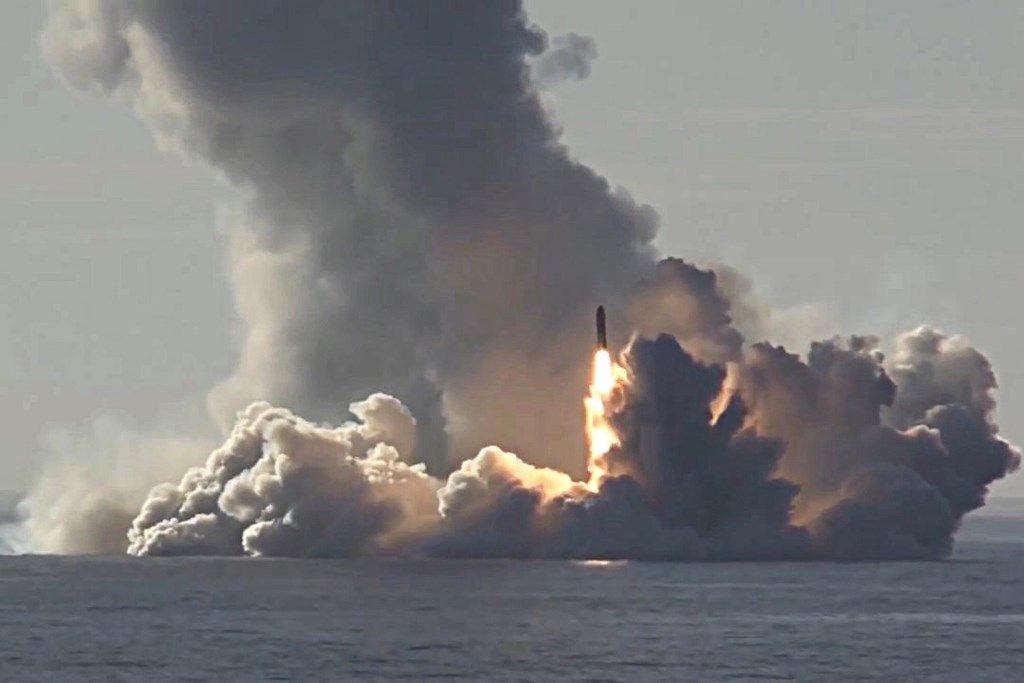Why did the U.S. withdraw from the INF treaty?
U.S. efforts to bring Russia back to compliance with the INF treaty started in 2013 with the Obama administration. On 4 December 2018, the Trump administration gave Russia 60 days to destroy INF-violating 9M729 cruise missiles (NATO designation: SSC-8). Since these conditions were not met, the U.S. suspended its obligations under the INF treaty on 2 February and began the six-months-long withdrawal process. Given the lack of change in Russian policy, the U.S. concluded the withdrawal on 2 August. The Trump administration’s decision stemmed also from the conviction that the INF treaty—signed in order to lower the risk of nuclear war in Europe—had not only become ineffective but also hampered U.S. conventional deterrence of China. Not a party to the accord, China has developed a large arsenal of missiles that would have otherwise been banned under the treaty and which target American forces and allies in Asia.
How has NATO responded?
NATO fully supports the U.S. decision to withdraw from the INF treaty and previous American actions towards Russia, which it deems fully responsible for the demise of the agreement. The 9M729 missiles increase the missile threat to the whole of Europe. They can be used for both nuclear blackmail and conventional precision strikes. NATO agreed to respond to the 9M729 by strengthening its deterrence and defence. Many allies may want to, however, limit the scope of the response over concerns of escalation of tensions with Russia, as well as public backlash similar to massive antinuclear protests in the 1980s. To calm the situation, NATO underscores that its actions will be measured and it has no intention to deploy nuclear-tipped INF missiles in Europe, which the U.S. does not plan to develop anyway.
What is Russia’s position?
Russia has been trying to put the blame for the demise of the INF treaty on the U.S. and divide NATO on the military response. Russia maintains that the 9M729 has a range below 500 km. Earlier this year it openly announced the beginning of work on other INF-covered missiles as part of a symmetric “response” to the U.S. suspension of the treaty. At the same time, it has been declaring that it will deploy these weapons in Europe and other regions only in reaction to analogous deployments of American missiles. It has also called on the U.S. to adopt a similar moratorium. In practice, that would be unfavourable to NATO because it would not cover the 9M729 missiles, which Russia presents as compliant with the INF treaty. Russia could also easily pull back from its declaration, for example, by falsely accusing the U.S. of deploying cruise missiles at ballistic missile defence sites in Romania and Poland.
What are the controversies around the INF treaty in the U.S.?
According to the Pentagon, conventional INF-range missiles based on survivable mobile launchers would facilitate efforts to counter Chinese and Russian anti-access/area-denial systems in a conflict. The U.S. is working on several types of these missiles. The first of them, a modified version of a sea- or air-launched cruise missile, might be ready for deployment in 2021 and is to be tested this August. The military rationale for the development of these systems is, however, broadly questioned by Democratic lawmakers who also have expressed concerns that the missiles will negatively impact U.S. relations with its allies, as well as incite an arms race with Russia and China. Hence, the Democratic-controlled House of Representatives seeks to block the funding for INF systems in the 2020 National Defense Authorization Act, contrary to the Republican-led Senate. Moreover, the U.S. approach may change if Trump loses the 2020 presidential election.
Which factors will shape the NATO military response?
The remarks by NATO officials suggest that the Alliance’s military response will be gradual, implemented over time and fit into the broader adaptation to the overall military threat from Russia. NATO indicated that it might further beef up exercises, intelligence, surveillance and reconnaissance, air and missile defences, broadly described conventional capabilities, and nuclear deterrence. NATO does not exclude the potential deployment of U.S. conventional INF systems to Europe, although it would be controversial. The course of the Allied debate in that regard will depend on progress in U.S. work on such weapons and further Russian actions (such as an increase in the numbers of 9M729 missiles or the introduction of new INF systems). A number of Allies may also call for supplementing the military response with arms-control initiatives.






